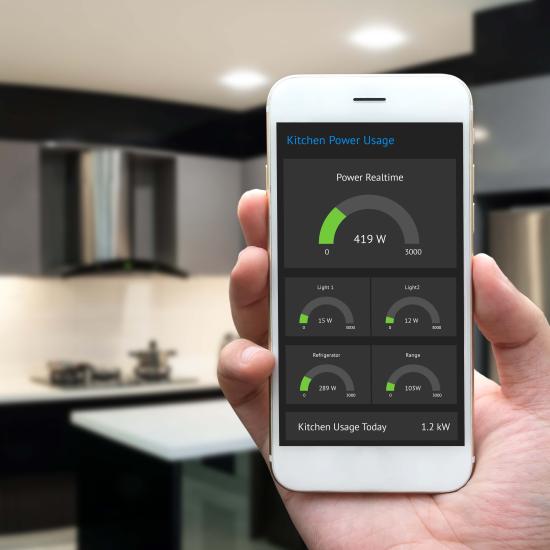To most people, property or real estate means residential, or the housing market.
Property prices have gone up for many more years than they have gone down, so we can all be forgiven for thinking that real estate investment is not too difficult.
However, investing serious sums of money in real estate - which is what our pension providers have to do - is extremely challenging. We should remember 2006-9, when a housing crash in the US brought down parts of the banking system and infected the commercial property market and, with it, our savings. Interest rates have never been the same since – good for some, but bad for savers.
Investment means putting money at risk in the expectation of earning an income and, hopefully, a capital gain. While such professional investment activity on behalf of our pension plans increasingly will include large-scale rental housing developments, the vast majority of this money is invested in office towers, shopping centres and industrial parks. And to suggest that these sectors are challenging would be something of an understatement.
The reason for this is not Covid-19, which will hopefully be behind us in a short while, but technology, whose impact largely lies ahead.
'PropTech', as the property technology sector is known, has affected and will continue to affect real estate markets in three ways:
- First, the way buildings are developed and operated is subject to increasing flows of data (for example, from sensors), and this data will be used to optimise building design and performance.
- Second, the way buildings are occupied has changed; thanks to technology which supports the sharing of space (think Airbnb or WeWork), office buildings will become more like hotels.
- Finally, technologists are trying very hard to change the way buildings are owned.
1. Buildings as better products
First, buildings have to be better products - more energy efficient, more productive and (if occupied by human beings) more healthy.
A high proportion of emissions comes from buildings, and carbon neutrality by 2030 requires action now.
A lot more data describing the way buildings perform will be available to managers. Increasingly carbon-conscious tenants will be armed with feedback platforms and need to be treated as discerning customers.
Working from home is possible, albeit sub-optimal, so offices have to compete.

2. Flexible leases
Second, leases have shortened – the old 25-year office lease is now more likely to be 5 or 10. Shorter, more ‘flexible’ leases again mean more power to the customer.
We can expect to see more owner-operator landlords, characterised by the student housing and multi-family rental residential sectors, as co-working and co-living operators merge with traditional property owners in their joint mission to create, own, and operate multi-purpose, energy-efficient, flexible space.
3. Digital ownership
Third, digital ownership is an irresistible challenge to many innovators, and the cryptocurrency world has encouraged them to think about how to modernise the property market.
Will we be able to trade units in the Shard through an app?
Property is highly illiquid. It is expensive to trade, there is a large risk of abortive expenditure, and the result can be a very wide bid/offer spread (a gap between what buyers will offer and sellers will accept).
Crowdfunding platforms, online secondary market platforms and blockchain make this the most intriguing of real estate tech questions. Will we be able to trade units in the Shard through an app? If so, how will greater liquidity change the nature of the asset class? Would that be for the best?
Greater unitisation and liquidity is something of a holy grail, and PropTech could provide the missing key, for good or bad. In a liquid digital market, more volatility and greater correlation with the ups and downs of the equity market would be likely. However, this innovation is less likely to take off anytime soon.
Through wise reflection on what went wrong in 2006-9, coupled with sensible innovation, intelligent risk-averse professionals will strive to achieve reasonably diversified, not very liquid property portfolios which deliver something close to pure property-style returns, replicating the return on a property index without too much specific risk, thereby offering diversification against stocks and bonds and good and steady real returns in the long run. Others will continue to strive to ‘shoot the lights out’.
All of them will be driven by technology, and in particular by platforms that help them to know their customer. We wish them all success.
'Real Estate Investment: Strategies, Structures, Decisions', 2nd Edition, by David Hartzell and Andrew Baum is available from Amazon or direct from Wiley.
The book and research provides the basis of the Oxford Real Estate Investment Programme, led by Andrew Baum, Oxford Saïd faculty and leading industry experts.




